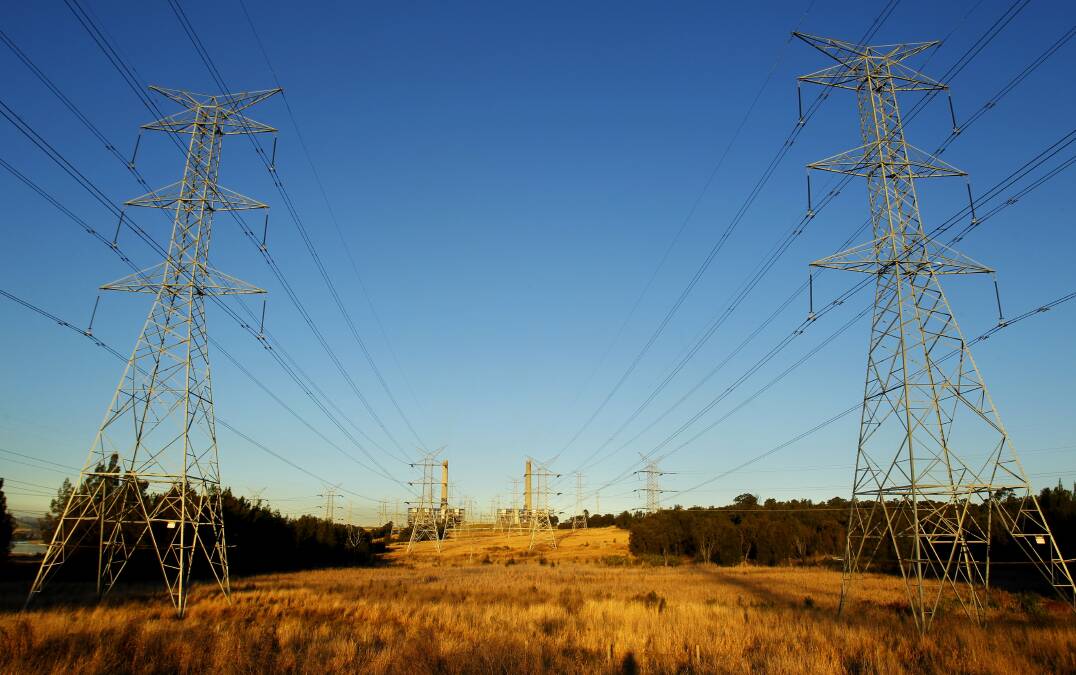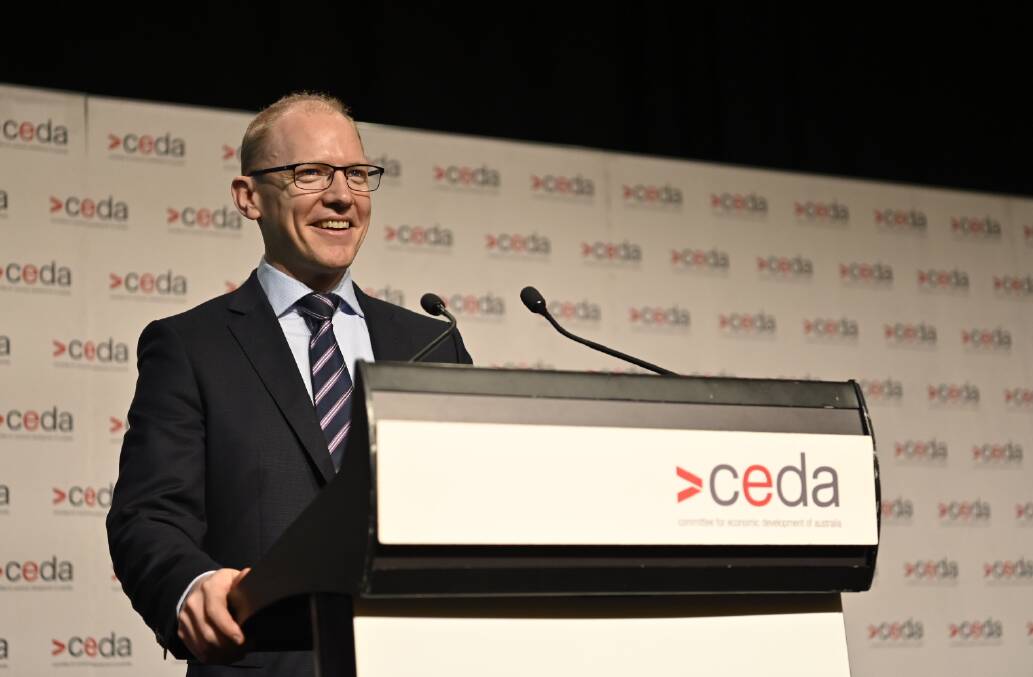
The Australian Energy Market Operator has called for an accelerated shift to wind and solar, supported by batteries, to help drive down skyrocketing power bills.
AEMO's latest Quarterly Energy Dynamics report highlights how a combination of coal plant failures and soaring fossil fuel costs have pushed electricity prices to unprecedented levels.
The average wholesale price for electricity in the National Electricity Market, reached $264 per megawatt hour in the June quarter, double the previous record, three times the price of the same period last year, and more than five times the average of 2020.
The report says the failures of the legacy assets - the soaring cost of coal and gas, multiple failures of ageing coal generators, and the inability of some thermal generators to source enough coal or gas, or for hydro plants to get enough useable water, are responsible for the crisis.
"These price hikes were driven by high international commodity prices, coal-fired generation outages, elevated levels of gas-fired generation, fuel supply issues, and a very cold start to June," the report said.
Two weeks later, AEMO took the unprecedented step of suspending the electricity spot market in NSW, Queensland, South Australia, Tasmania and Victoria because it had become impossible to operate.

It followed the failure of several coal-fired power generators, including Bayswater in the Upper Hunter, to come online to meet the winter peak demand.
AEMO's head of Reform Delivery Violette Mouchaileh said the crisis highlighted the need for Australia to accelerate the development of sustainable baseload renewable energy sources.
"What's clear is the urgent need to build-out renewable energy with diversified firming generation - like batteries, hydro and gas - and transmission investment to provide homes and businesses with low-cost, reliable energy," she said.
AEMO last month released its 30-year planning blueprint for the grid, which puts a switch to 80 per cent renewables by 2030 as its most likely scenario, and underscored the need to prepare for moments of 100 per cent wind and solar penetration within five years.

"So the sooner our nation can integrate higher levels of firmed renewables into the energy system, the sooner we can decouple domestic energy prices from these international shock, the sooner we can electrify more of the economy, the sooner we can meet our emissions targets, and the sooner we can reduce stress on Australian homes and businesses," he said.
But while the push towards firmed renewable energy gains pace AEMO noted that gas remained a key marginal supply source. That is despite a 21 per cent increase in wind and solar output over the past 12 months and an overall renewable share of 31 per cent.
The former federal government announced the construction of a new 660 megawatt gas peaker at Kurri in 2020 to offset the lost generation that will be caused by the shutdown of Liddell power station.
The plant is due to come online in late 2023.
It has invested an extra $700 million into the project to facilitate the conversion.







